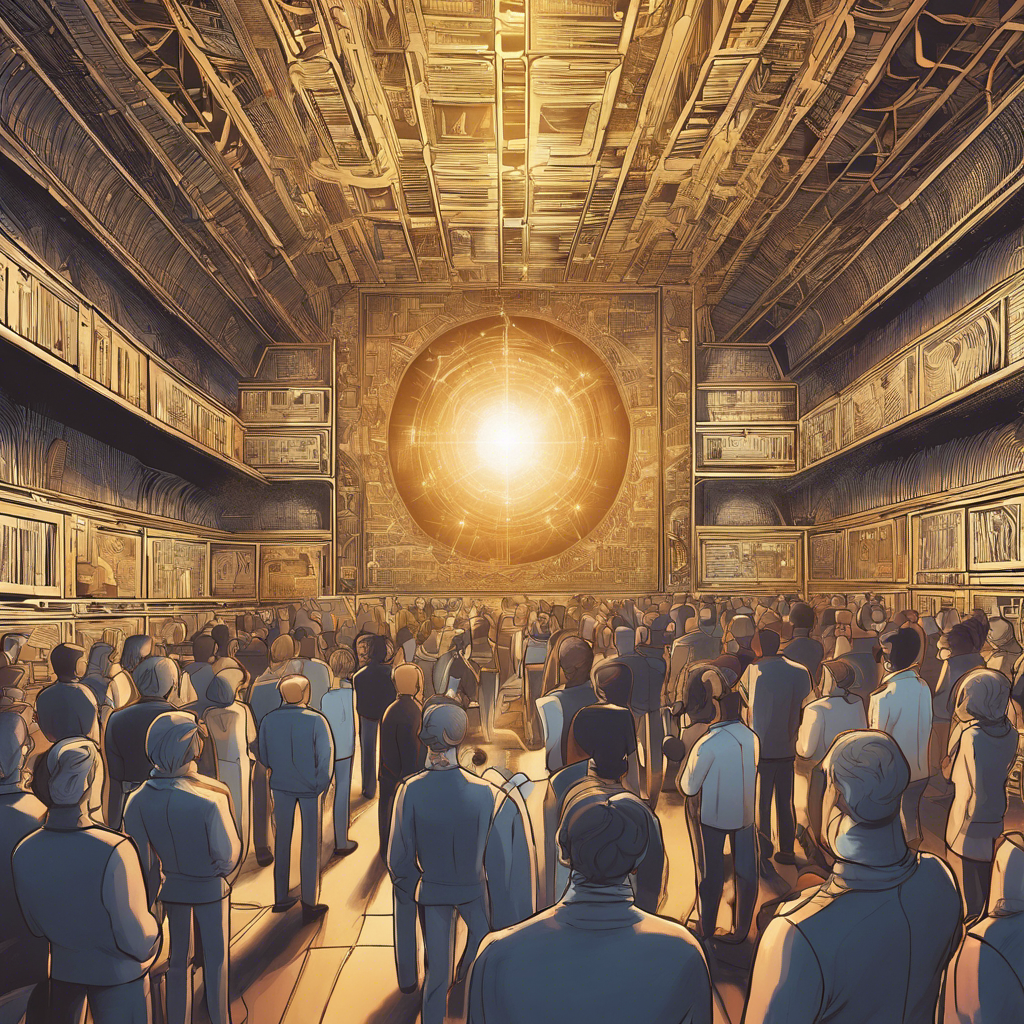Unveiling the Immutable Record NFT Collection: A Celebration of Blockchain History

Stuart Haber and Scott Stornetta, creators of the first blockchain, introduce a unique NFT collection that commemorates the early days of blockchain technology and its impact on digital record integrity.
In a groundbreaking move, Stuart Haber and Scott Stornetta, the pioneers behind the invention of the first blockchain in 1989, have unveiled the Immutable Record NFT collection. Minted on the Kadena blockchain, this collection pays homage to the early commercial implementation of blockchain technology and its innovative use of the New York Times as a means of assurance. With each NFT representing a week’s publication of Surety’s seals, this collection aims to shed light on the often overlooked history of blockchain’s origins and its potential beyond digital currencies.
The Genesis of Blockchain:
Haber and Stornetta’s groundbreaking research, published at Bell Communications Research in 1989, laid the foundation for blockchain technology. Their work advocated for the use of blockchain to ensure the integrity of digital records, predating Satoshi Nakamoto’s Bitcoin whitepaper by nearly fifteen years. Surety, their company, introduced AbsoluteProof in 1994, a product that allowed businesses to timestamp and verify digital documents, addressing legal and regulatory challenges surrounding digitized content.
The Immutable Record Collection:
The Immutable Record NFT collection takes a lighthearted approach to enshrining this history in the form of digital art. The collection consists of twelve consecutive weeks of published hashes, each auctioned as a 1/1 NFT on the Kadena blockchain. Each NFT includes a signed copy of the original New York Times page containing the week’s hash, along with an original illustration depicting the top news story of that week. Graphic artist Steven Straatemans collaborated with Haber and Stornetta to create illustrations that capture the essence of each news story.
Bringing History to the Crypto Community:
Haber and Stornetta hope that the Immutable Record collection will raise awareness of this lesser-known history within the crypto community and beyond. They believe that blockchain’s broader use cases, beyond digital currencies, often go unnoticed. While they acknowledge the significance of their creation as a foundation for cryptocurrency and the web3 ecosystem, they continue to envision applications beyond these realms.
Acquiring an Immutable Record NFT:
To acquire one of these unique NFTs, interested individuals must obtain KDA, the native token of the Kadena blockchain. The auction takes place on the minting website, where participants can connect a Kadena-supported wallet, such as Ecko, to place bids. Each 1/1 NFT is sold through a conventional or Dutch auction format. The first offering, commemorating former President George H.W. Bush fainting at a state dinner, sold for 3500 KDA, equivalent to over $1700.
Looking Ahead:
Haber and Stornetta chose the Kadena blockchain for its robust security measures, aligning with their commitment to prioritizing security. While they have chosen Kadena for their initial collection, they express their intention to explore other blockchain networks in future collections to foster unity within the blockchain community.
Conclusion:
The Immutable Record NFT collection serves as a testament to the visionary work of Stuart Haber and Scott Stornetta, the pioneers behind the first blockchain. By commemorating the early days of blockchain technology and its use in ensuring the integrity of digital records, this collection brings an often overlooked piece of blockchain history to the forefront. As the auctions continue, Haber and Stornetta hint at more exciting offerings and potential puzzles for blockchain enthusiasts to uncover. The Immutable Record NFT collection not only celebrates the past but also sparks curiosity about the future possibilities of blockchain technology.

